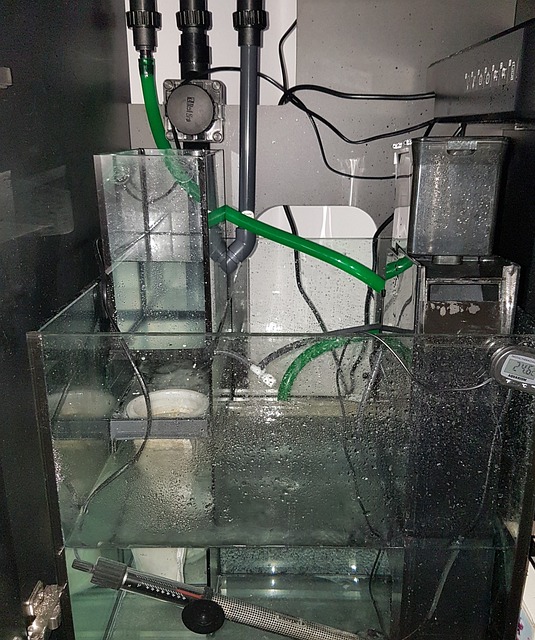Keeping a fish tank can be a delightful and rewarding hobby, but it also requires regular maintenance to ensure a clean and healthy environment for your aquatic pets. Traditional fish tanks often require frequent water changes, filter cleaning, and substrate vacuuming. However, advancements in aquarium technology have led to the development of self-cleaning fish tanks, which offer convenience and ease of maintenance. In this article, we will explore the concept of self-cleaning fish tanks, their mechanisms, and the benefits they provide to both beginner and experienced fishkeepers.
Understanding Self-Cleaning Fish Tanks:
A self-cleaning fish tank is a specially designed aquarium that incorporates mechanisms to reduce the frequency of manual cleaning tasks. These tanks typically employ various filtration and cleaning methods to remove waste, debris, and harmful toxins from the water, minimizing the need for regular maintenance. While they do not entirely eliminate the need for maintenance, they significantly reduce the effort and time required to keep the tank clean.
Filtration Systems:
One of the key components of a self-cleaning fish tank is an efficient filtration system. These tanks often utilize multi-stage filtration processes, which include mechanical, biological, and chemical filtration. Mechanical filtration removes larger particles and debris from the water, while biological filtration utilizes beneficial bacteria to break down harmful toxins. Chemical filtration involves the use of activated carbon or other media to remove impurities and odors from the water.
Gravel or Substrate Cleaning:
In traditional fish tanks, regular substrate vacuuming is necessary to remove accumulated waste and debris. Self-cleaning fish tanks often employ innovative mechanisms to address this issue. Some tanks feature a bottom layer that collects waste and debris, which can be easily removed by siphoning or rinsing. Others utilize built-in gravel or substrate cleaners that automatically stir and remove debris, keeping the substrate cleaner for longer periods.
Water Changing Systems:
Water changes are essential for maintaining water quality and preventing the buildup of harmful substances. Self-cleaning fish tanks may incorporate systems that make water changes easier and less frequent. Some tanks have built-in drainage systems or mechanisms that allow for partial or complete water changes with minimal effort. These systems often include features to replenish the water with conditioned, dechlorinated water, ensuring a safe and healthy environment for the fish.
Algae Control:
Algae growth is a common concern in fish tanks, as it can affect water quality and aesthetics. Self-cleaning fish tanks may include features to control algae growth, such as specialized lighting systems that limit algae proliferation. Some tanks utilize algae-scrubbing pads or magnet cleaners to remove algae from the tank walls, reducing the need for manual cleaning.
Benefits of Self-Cleaning Fish Tanks:
Time-saving: Self-cleaning tanks significantly reduce the time required for maintenance tasks, allowing fishkeepers to enjoy their aquariums without spending excessive time on cleaning and upkeep.
Improved water quality: The efficient filtration systems in self-cleaning tanks help maintain optimal water conditions, reducing the risk of fish diseases and promoting the overall well-being of the aquatic inhabitants.
Beginner-friendly: Self-cleaning tanks are particularly beneficial for beginners or those with limited experience in fish keeping. They offer a more forgiving environment, reducing the chances of making mistakes in maintenance routines.
Convenience: With self-cleaning tanks, you can enjoy the beauty of an aquarium without the hassle of frequent manual cleaning. This convenience makes them ideal for those with busy schedules or limited mobility.
Aesthetically pleasing: Self-cleaning tanks often have sleek and modern designs, enhancing the visual appeal of any living space. They offer a clutter-free environment, allowing the focus to remain on the fish and aquatic decor.

